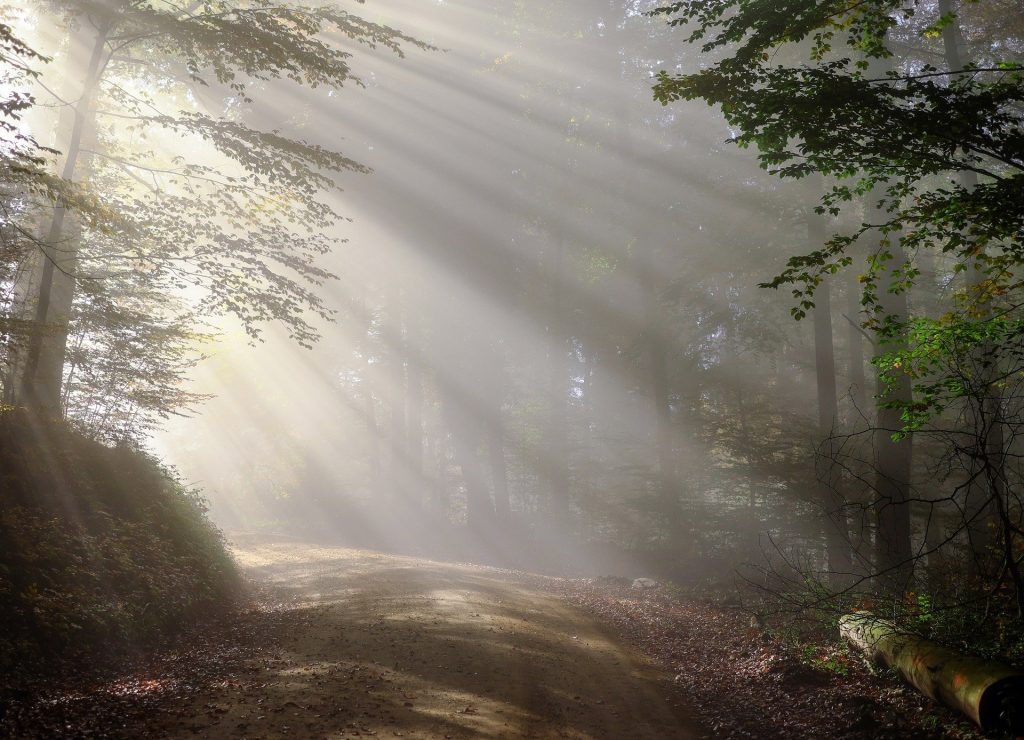Trees that grow in warmer climates do so because their roots grow close to the surface of the ground, or their branches reach the sky to absorb the sun’s heat. Trees reproduce by sending tiny roots down to the earth. These roots then grow deep into the earth to absorb nutrients. Wind is what trees need to reproduce. Without it, they die. As global warming threatens forests, researchers are now studying how trees can adapt to climate change.
Some studies have shown that trees need wind to reproduce. This may be because temperatures and precipitation variations cause too many dewdrops and not enough water. Another study suggests that trees might need wind to reproduce, as they are seasonal and can move around the world. The natural cycle of the trees is one that involves lower temperatures and less precipitation. Trees won’t reproduce if the global temperatures drop below freezing.
Experts are trying to find ways to mitigate the effects of climate change in regions that are particularly affected, such as the Western U.S. One thing scientists have noted is that while the wind does not help the growth of trees, the absence of it is detrimental to the climate. The atmosphere can be affected by a lack of wind. This can lead to a significant increase in greenhouse gas emissions. Wind farms have been proposed for this purpose, and some parts of the West have become famous for using them, especially in Iowa and other areas where agriculture is an important factor.
One of the questions scientists have about the feasibility of wind turbines on the west main street of Rochester is whether or not it would be feasible for that wind to actually keep the trees in a row running year-round. Scientists estimate that at least 60 mph of wind is required each year. This depends on the height of the trees around them. Withrow’s Peak, which is a mountain in north-central Kansas, has become famous for its rows of trees. Scientists speculate that the extreme winter temperatures could cause trees to die from exposure.

Scientists may be correct about the lack wind. If so, we should take action. We need to plant more trees if we want to prevent climate change. A single tree is responsible for producing about 18% of the world’s greenhouse gas emissions. Even if every tree were planted today we wouldn’t be reducing our carbon footprint much. But if we plant more, then we will reduce our greenhouse gas output by quite a bit.
If we could store the energy generated during daylight hours, we could make wind power more available to reduce greenhouse gases emissions. During the day, sunlight is our renewable energy source. It is wasteful to use it at night or in cold weather. If we want to use it as a source of renewable energy, such as solar power or wind power, we will need a way to store it.
Windmills can help with this. If we can make windmills that can be used during all four seasons, we can use this knowledge to improve our overall ability to reduce greenhouse gas emissions. Windmills are already in use in some parts of the world. If we put them in good use and build more windmills, we can take our economy up to the next level. We can reduce our dependence upon fossil fuels and become less dependent on the United States, as our renewable energy capacity increases by 45 percent by the end the next decade.
We can reverse some of the damage done by putting off these projects if we get to work now. The less pollution we release into the atmosphere, the better managed and efficient our cities will become. If we take the necessary steps now to ensure that this happens, we will be closer to achieving our climate smart communities targets by the end of the decade. I urge you to please consider all this.
